National
Income Inequality Rises In all 50 States

Lakia Wilson, a guidance counselor from Detroit, Mich., said that even though you hear on television that the economy is coming back, it hasn’t come back for everyone. (Freddie Allen/NNPA)
By Freddie Allen
NNPA Senior Washington Correspondent
WASHINGTON (NNPA) – Income inequality is rising and it affects workers in every state, according to a new report by the Economic Policy Institute (EPI).
Researchers from EPI, a nonpartisan think tank focused on low- and middle-income workers, analyzed Internal Revenue Service data for all 50 states and found that not only was the income gap between the top 1 percent of earners and everyone else getting wider, but that the disparities were not just confined to financial centers in the east or technology centers on the west coast.
All workers took a hit during the Great Recession, but top earners have recovered faster than low- and middle-income earners. According to the report, the top 1 percent of earners captured all of the income gains (100 percent) in 17 states following the Great Recession.
And Blacks live disproportionately in states that experienced the greatest income inequality.
In seven of those states where the top 1 percent captured 100 percent of the income growth since the Great Recession, the share of the population that is Black is higher than the national average. Those states include Delaware (22.1 percent), Florida (16.7 percent), South Carolina (27.9 percent), North Carolina (22 percent), Louisiana (32.4 percent ), Virginia (19.7 percent) and New York (17.5 percent).
With the exception of Texas, where Blacks account for 12.4 percent of the population, the Black population is higher than the national average in states where the top 1 percent collected at least 80 percent of the income growth including Illinois, Arkansas, Michigan, New Jersey, and Maryland.
Mark Price, an economist at the Keystone Research Center in Harrisburg, Penn., said in a statement that state leaders and policymakers need to realize that inequality is a problem everywhere.
“If states are not passing progressive taxes and raising revenue from top earners, they are missing out on a large and growing source of income,” said Price.
Researchers found the greatest disparities between the top 1 percent and the rest of workers in New York and Connecticut where the top 1 percent earned 48 times more than the bottom 99 percent.
Disparities exist in every state.
“Even in the 10 states with the smallest gaps between the top 1 percent and bottom 99 percent in 2012, the top 1 percent earned between 14 and 19 times the income of the bottom 99 percent,” EPI reported.
Estelle Sommeiller, a socio-economist at the Institute for Research in Economic and Social Sciences in Greater Paris, France and co-author of the report, said that every state and every region in the United States is going to have to grapple with the effects of rising inequality.
“Our study paints a picture of the top 1 percent in each state. While there are differences from the 1 percent nationally, no state has escaped the troubling growth of inequality.”
The report comes on the heels of President Barack Obama’s State of the Union address where he urged employers to invest in their workforce and to pay employees overtime that they earned.
“And to everyone in this Congress who still refuses to raise the minimum wage, I say this: If you truly believe you could work full-time and support a family on less than $15,000 a year, try it,” urged Obama. “If not, vote to give millions of the hardest-working people in America a raise.”
According to a 2014 report on wages by the Center for American Progress, a progressive, education and research think tank, said raising the minimum wage to $10.10 per hour would increase the collective income of people of color by $16.1 billion.
As income inequality rises, labor union leaders, policy makers and workers express heightened concern about stagnant wages.
During a recent Raising Wages conference at the Kellogg Center at Gallaudet University in Washington, D.C,, Richard Trumka, president of AFL-CIO, said that immigration and race are also work and wage issues.
“We must have a pathway to citizenship for all immigrants, and we must be a country of dignity for all people, regardless of race or ethnicity,” said Trumka. “Justice at work and justice in our community are intertwined, and both must advance for either to grow.”
Lakia Wilson, a guidance counselor in the public school system in Detroit, Mich., said that even though you hear on television that the economy is coming back, it hasn’t come back for everyone.
“I’m struggling, all of my counterparts in my profession are struggling and in other professions we’re still struggling, so the economy is only coming back for some,” said Wilson.
Wilson, a Detroit native, with no children and degrees in elementary education and counseling, said that she considers herself part of “the working poor,” because sometimes she can’t even afford gas money to get to work.
In 2004, Wilson purchased home and used a part-time job at the community college to help cover her bills. When she lost that job, she also lost her house. She rescued her house from foreclosure by cashing out her retirement account.
Now Wilson said that sometimes she secretly envies people with food stamps at the grocery store.
“I’m counting out every penny for groceries and I realize that I don’t have enough to make it,” said Wilson.
Wilson added that people of color need to know that the struggle is real and that all workers have to get involved from the pizza workers to the professionals.
“We all have to join together to raise the wages,” said Wilson. “The money is there, we need to demand it.”
The EPI report said that today’s levels of inequality in the United States raise a “new American Dilemma.”
It explained, “In the next decade, something must give. Either America must accept that the American Dream of widespread economic mobility is dead, or new policies must emerge that will begin to restore broadly shared prosperity.”
###
Barbara Lee
Congresswoman Barbara Lee Issues Statement on Deaths of Humanitarian Aid Volunteers in Gaza
On April 2, a day after an Israeli airstrike erroneously killed seven employees of World Central Kitchen (WCK), a humanitarian organization delivering aid in the Gaza Strip, a statement was release by Rep. Barbara Lee (D-CA-12). “This is a devastating and avoidable tragedy. My prayers go to the families and loved ones of the selfless members of the World Central Kitchen team whose lives were lost,” said Lee.
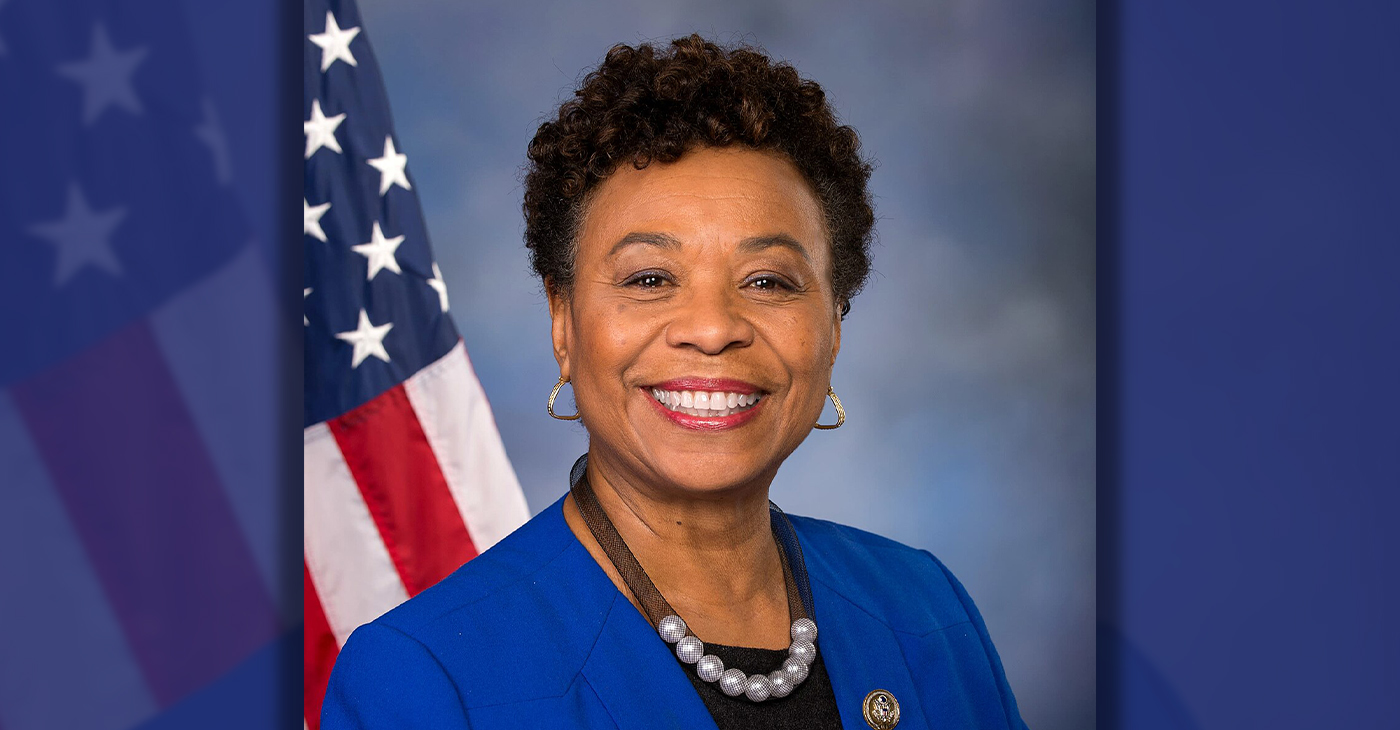
By California Black Media
On April 2, a day after an Israeli airstrike erroneously killed seven employees of World Central Kitchen (WCK), a humanitarian organization delivering aid in the Gaza Strip, a statement was release by Rep. Barbara Lee (D-CA-12).
“This is a devastating and avoidable tragedy. My prayers go to the families and loved ones of the selfless members of the World Central Kitchen team whose lives were lost,” said Lee.
The same day, it was confirmed by the organization that the humanitarian aid volunteers were killed in a strike carried out by Israel Defense Forces (IDF). Prior to the incident, members of the team had been travelling in two armored vehicles marked with the WCF logo and they had been coordinating their movements with the IDF. The group had successfully delivered 10 tons of humanitarian food in a deconflicted zone when its convoy was struck.
“This is not only an attack against WCK. This is an attack on humanitarian organizations showing up in the direst situations where food is being used as a weapon of war. This is unforgivable,” said Erin Gore, chief executive officer of World Central Kitchen.
The seven victims included a U.S. citizen as well as others from Australia, Poland, the United Kingdom, Canada, and Palestine.
Lee has been a vocal advocate for a ceasefire in Gaza and has supported actions by President Joe Biden to airdrop humanitarian aid in the area.
“Far too many civilians have lost their lives as a result of Benjamin Netanyahu’s reprehensible military offensive. The U.S. must join with our allies and demand an immediate, permanent ceasefire – it’s long overdue,” Lee said.
Commentary
Commentary: Republican Votes Are Threatening American Democracy
In many ways, it was great that the Iowa Caucuses were on the same day as Martin Luther King Jr. Day. We needed to know the blunt truth. The takeaway message after the Iowa Caucuses where Donald Trump finished more than 30 points in front of Florida Gov. De Santis and former South Carolina Governor Nikki Haley boils down to this: Our democracy is threatened, for real.
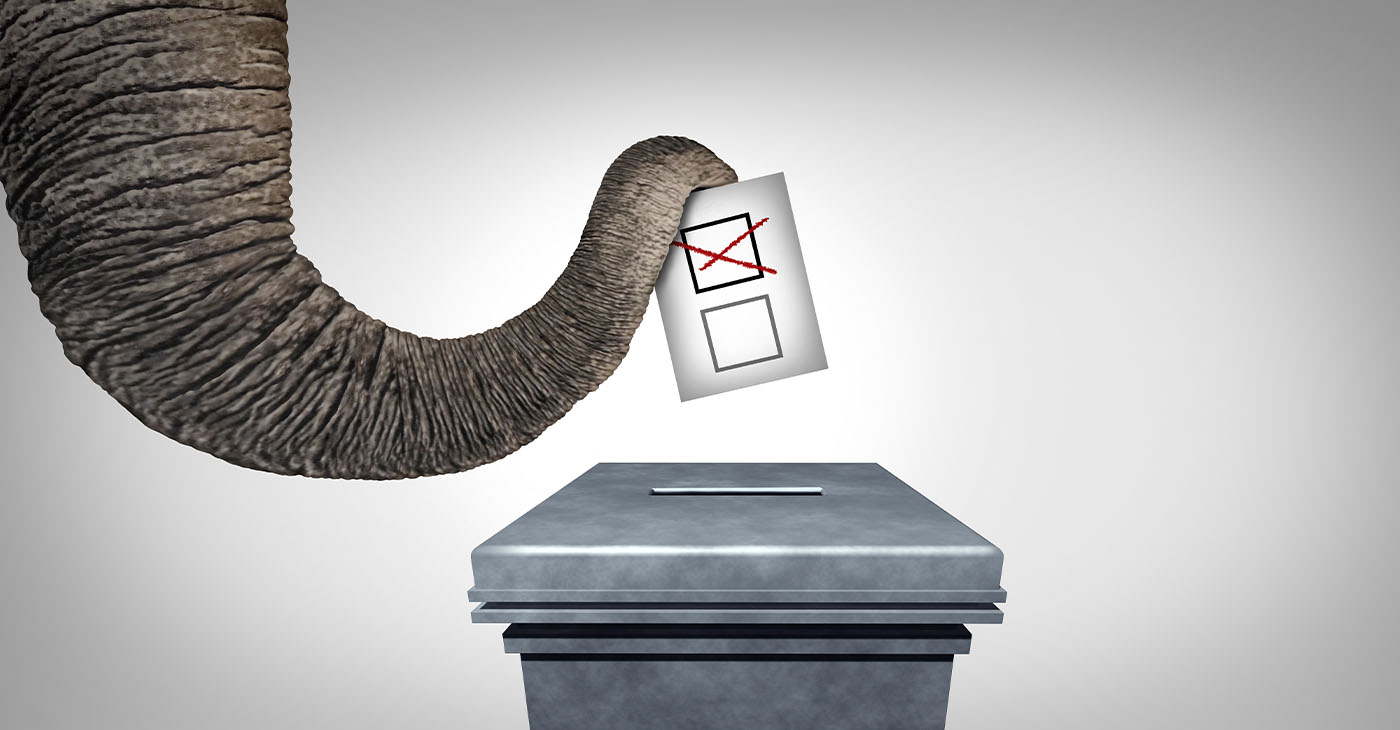
By Emil Guillermo
In many ways, it was great that the Iowa Caucuses were on the same day as Martin Luther King Jr. Day.
We needed to know the blunt truth.
The takeaway message after the Iowa Caucuses where Donald Trump finished more than 30 points in front of Florida Gov. De Santis and former South Carolina Governor Nikki Haley boils down to this: Our democracy is threatened, for real.
And to save it will require all hands on deck.
It was strange for Iowans to caucus on MLK day. It had a self-cancelling effect. The day that honored America’s civil rights and anti-discrimination hero was negated by evening.
That’s when one of the least diverse states in the nation let the world know that white Americans absolutely love Donald Trump. No ifs, ands or buts.
No man is above the law? To the majority of his supporters, it seems Trump is.
It’s an anti-democracy loyalty that has spread like a political virus.
No matter what he does, Trump’s their guy. Trump received 51% of caucus-goers votes to beat Florida Gov. Ron DeSantis, who garnered 21.2%, and former South Carolina Gov. Nikki Haley, who got 19.1%.
The Asian flash in the pan Vivek Ramaswamy finished way behind and dropped out. Perhaps to get in the VP line. Don’t count on it.
According to CNN’s entrance polls, when caucus-goers were asked if they were a part of the “MAGA movement,” nearly half — 46% — said yes. More revealing: “Do you think Biden legitimately won in 2020?”
Only 29% said “yes.”
That means an overwhelming 66% said “no,” thus showing the deep roots in Iowa of the “Big Lie,” the belief in a falsehood that Trump was a victim of election theft.
Even more revealing and posing a direct threat to our democracy was the question of whether Trump was fit for the presidency, even if convicted of a crime.
Sixty-five percent said “yes.”
Who says that about anyone of color indicted on 91 criminal felony counts?
Would a BIPOC executive found liable for business fraud in civil court be given a pass?
How about a BIPOC person found liable for sexual assault?
Iowans have debased the phrase, “no man is above the law.” It’s a mindset that would vote in an American dictatorship.
Compare Iowa with voters in Asia last weekend. Taiwan rejected threats from authoritarian Beijing and elected pro-democracy Taiwanese vice president Lai Ching-te as its new president.
Meanwhile, in our country, which supposedly knows a thing or two about democracy, the Iowa caucuses show how Americans feel about authoritarianism.
Some Americans actually like it even more than the Constitution allows.
About the Author
Emil Guillermo is a journalist and commentator. He does a mini-talk show on YouTube.com/@emilamok1.
Activism
Oakland Post: Week of April 10 – 16, 2024
The printed Weekly Edition of the Oakland Post: Week of April 10 – 16, 2024
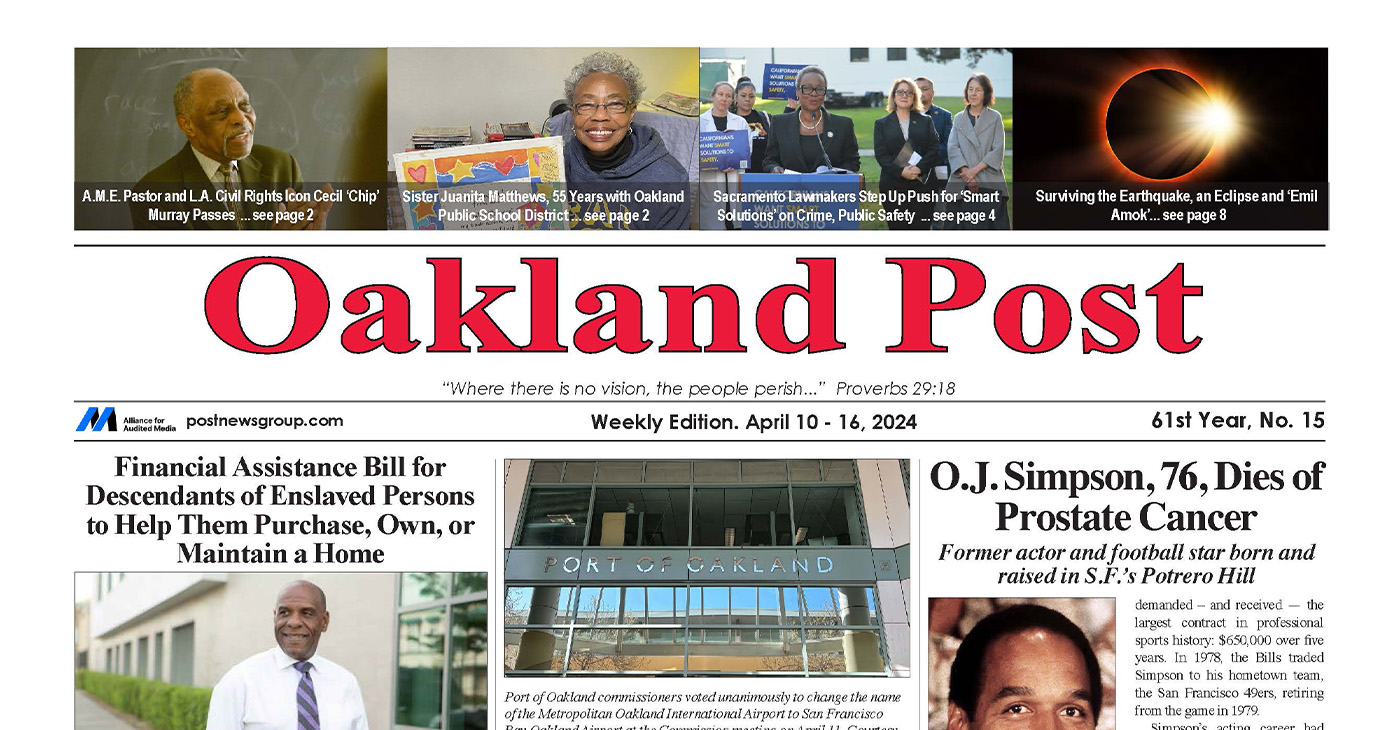
To enlarge your view of this issue, use the slider, magnifying glass icon or full page icon in the lower right corner of the browser window. ![]()
-

 Activism4 weeks ago
Activism4 weeks agoOakland Post: Week of March 20 – 26, 2024
-

 #NNPA BlackPress3 weeks ago
#NNPA BlackPress3 weeks agoCOMMENTARY: D.C. Crime Bill Fails to Address Root Causes of Violence and Incarceration
-

 #NNPA BlackPress3 weeks ago
#NNPA BlackPress3 weeks agoMayor, City Council President React to May 31 Closing of Birmingham-Southern College
-

 #NNPA BlackPress3 weeks ago
#NNPA BlackPress3 weeks agoCOMMENTARY: Lady Day and The Lights!
-

 #NNPA BlackPress3 weeks ago
#NNPA BlackPress3 weeks agoFrom Raids to Revelations: The Dark Turn in Sean ‘Diddy’ Combs’ Saga
-

 #NNPA BlackPress3 weeks ago
#NNPA BlackPress3 weeks agoBaltimore Key Bridge Catastrophe: A City’s Heartbreak and a Nation’s Alarm
-

 #NNPA BlackPress3 weeks ago
#NNPA BlackPress3 weeks agoBaltimore’s Key Bridge Struck by Ship, Collapses into Water
-

 Activism3 weeks ago
Activism3 weeks agoOakland Post: Week of March 27 – April 2, 2024





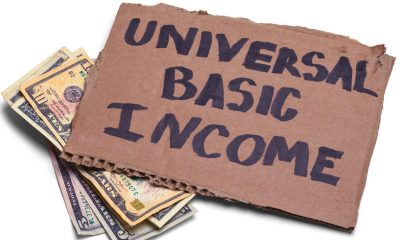








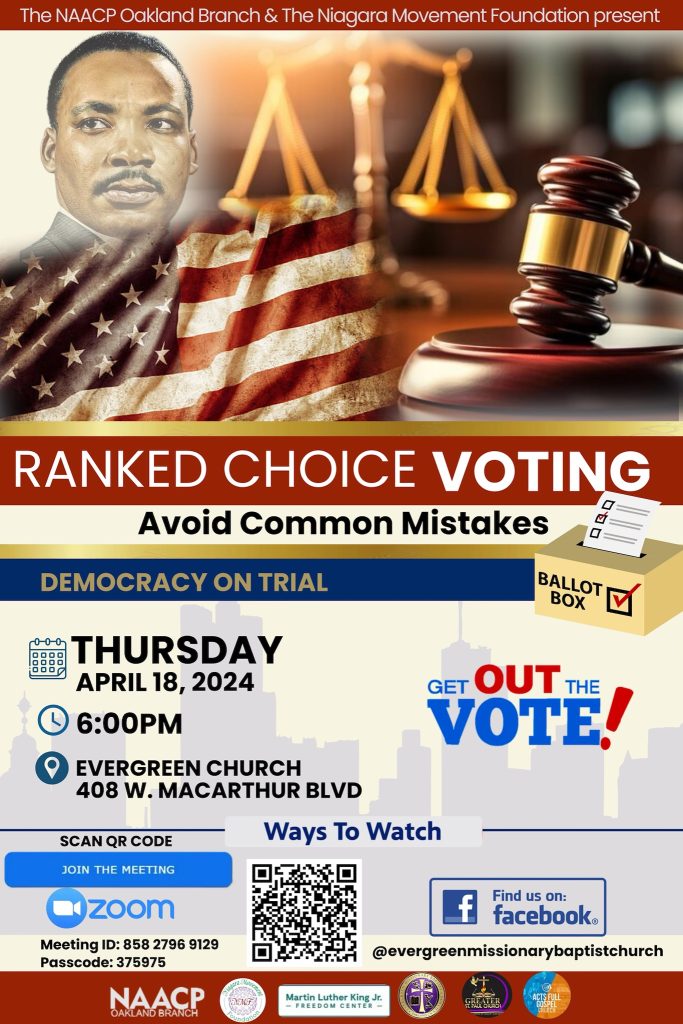




































Pingback: gurtoertil
Pingback: gurtoertil